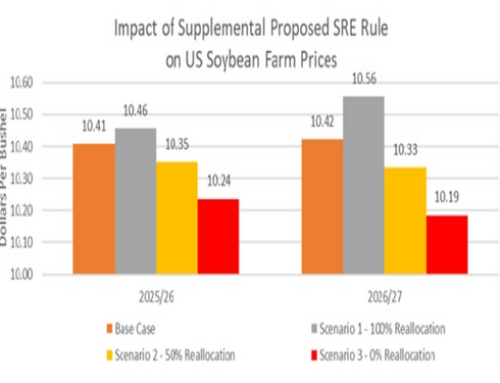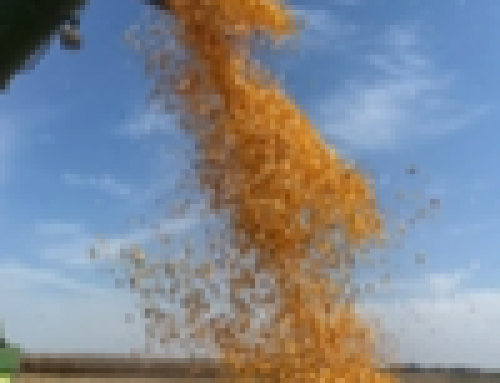by Mujahidul Islam, Ani Katchova and Carl Zulauf, Department of Agricultural, Environmental and Development Economics,
Ohio State University
Conversion of agricultural land to developed land during the 21st Century in eight Midwestern states is examined. This loss of agricultural land to development is a long-standing topic of discussion at the national and state level. Using what is likely the best available data set, we find that development accounted for 55% of the 1.6 million acre loss of agricultural land in these states during the 21st Century.
Thus, while urban expansion is important, loss of agricultural land is more than development. Within the context of conversion to development, the role of large urban areas is paramount as 81% of agricultural land lost to development in the eight states occurred within Metropolitan Statistical Areas (MSAs). If a desire exists to reduce the loss of agricultural land to development, expansion of large urban areas must be addressed.
Data Sources
The National Land Cover Database (NLCD), produced by the Multi-Resolution Land Characteristics (MRLC) consortium, has leading-edge capabilities for assessing and projecting changes in land cover. The current analysis uses two satellite images and other supplementary cartographic datasets to analyze land use change from 2001 to 2021 in the Midwestern states of Illinois, Indiana, Iowa, Michigan, Minnesota, Missouri, Ohio, and Wisconsin.
The analysis period is the earliest to the latest years in the dataset. A wide variety of land conversions can be studied. In this article, we focus solely on the conversion of agricultural to developed land. Data Note 1 contains a detailed description of the definitions of these land categories.
Agricultural Land Lost to Development by Midwestern State
According to NLCD images from 2001 and 2021, agricultural land in the eight Midwestern states decreased from 150,312,467 acres in 2001 to 148,716,812 acres in 2021, a total decline of 1,595,655 acres (1.06%) (Table 1). Of the agricultural land lost, 877,386 acres (55% of 1,595,655) were converted into developed land, likely due to urbanization, infrastructure expansion, or other development activities. Other agricultural land losses included conversion to forest, barren land, open water, and grassland.
Conversion to development was most important in Iowa. Development accounted for 90% of the loss of agricultural land in Iowa between 2001 and 2021 (see Table 1). Conversion to development accounted for the smallest of agricultural land loss in Wisconsin, Ohio, and Missouri. Development’s share of total agricultural land lost was 56%, 48%, and 26%, respectively.
When measured as number of acres, Illinois had the highest amount of agricultural land lost to development (155,653 acres), followed by Indiana (133,243 acres) and Wisconsin (128,679 acres). Michigan, Missouri, and Iowa lost the least number of agricultural acres to development at 52,629, 85,424, and 87,592, respectively.
Summary
Between 2001 and 2021, agricultural land in the eight Midwestern states decreased by 1,595,655 acres (1.06% of total agricultural land in 2001). Conversion to developed land accounted for 877,386 acres (about 55%) of this loss, likely from urbanization and infrastructure expansion. Thus, while the role of urbanization is important, other factors are also at play and need to be examined to fully understand the loss of agricultural land.
Iowa had the highest proportion (90%) of its lost agricultural land converted into developed land, while Illinois had the greatest loss in acres (155,653). Large urban areas play a paramount role as 81% of agricultural land lost to development in the eight states occurred within Metropolitan Statistical Areas (MSAs). If a desire exists to reduce the loss of agricultural land to development, it must address the expansion of large urban areas.




